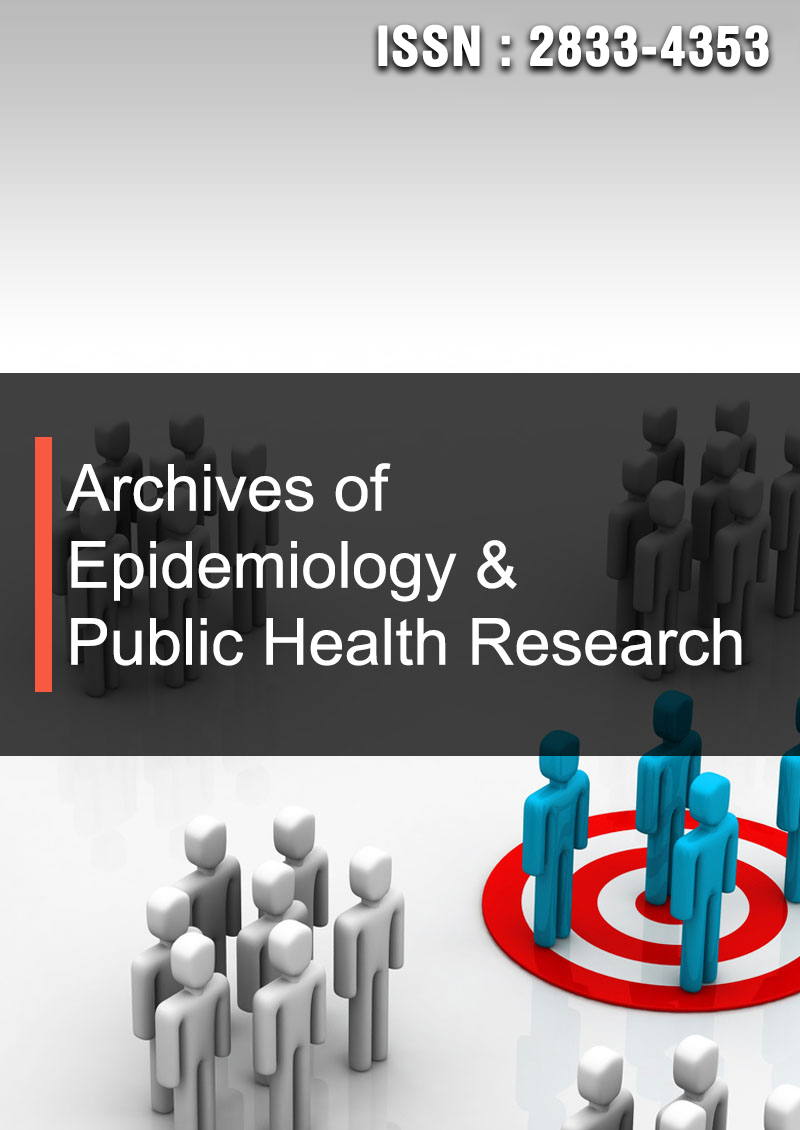Disparities in Trends in Endometriosis Diagnosis before and After the Affordable Care Act: Policy Implications, 2006-2019
Abstract
Dhara Richardson, Mechelle Claridy, Stephanie Miles-Richardson, and Gemechu B. Gerbi
Background – Endometriosis is a significant public health problem in the United States (US), with an estimated prevalence of as much as 10% among women of reproductive age. This study examines disparities in the prevalence of self-reported endometriosis among females aged 15-44 before and after the passage of the Affordable Care Act (ACA) to understand the potential impact of the ACA on endometriosis diagnosis.
Methods – We analyzed data from the National Survey of Family Growth, collected in 2008 and 2018, from 522 and 292 females, respectively. We conducted bivariate and multivariable logistic regression analyses to identify factors associated with self-reported endometriosis. Analyses were conducted using SAS version 9.4.
Results – The prevalence of endometriosis decreased after the passage of the Affordable Care Act (ACA) among females aged 30-39 years (47.9% vs. 36.6 %; p=0.002), among females with no high school diploma (14.4% vs. 7.5 %; p=0.005), and among females with no health insurance (18.4% vs. 7.5 %; p= p<.0001). The prevalence of endometriosis increased after the ACA among females aged 40-44 years (28.5% vs. 45.9 %; p<.0001) and among females who completed college-level education versus those who completed high school only (30.7% vs. 42.5 %; p=0.001). Factors associated with higher odds of reporting endometriosis before ACA included being in the 100%– 199% Federal Poverty Line (FPL) (AOR= 1.51; 95% CI=1.08, 2.13) and being in the 200%–300% or higher FPL (AOR= 1.52; 95% CI=1.07, 2.14). Furthermore, females with no high school diploma (AOR=3.12; 95% CI=2.07, 4.72) and those who completed high school only (AOR=1.78; 95% CI=1.32, 2.40) also had higher odds of reporting endometriosis, as did those who were college graduates (AOR=1.17; 95% CI=1.20, 2.17).
Conclusion – The prevalence of endometriosis in the US varies significantly by socio-demographic factors before and after the ACA was passed.



